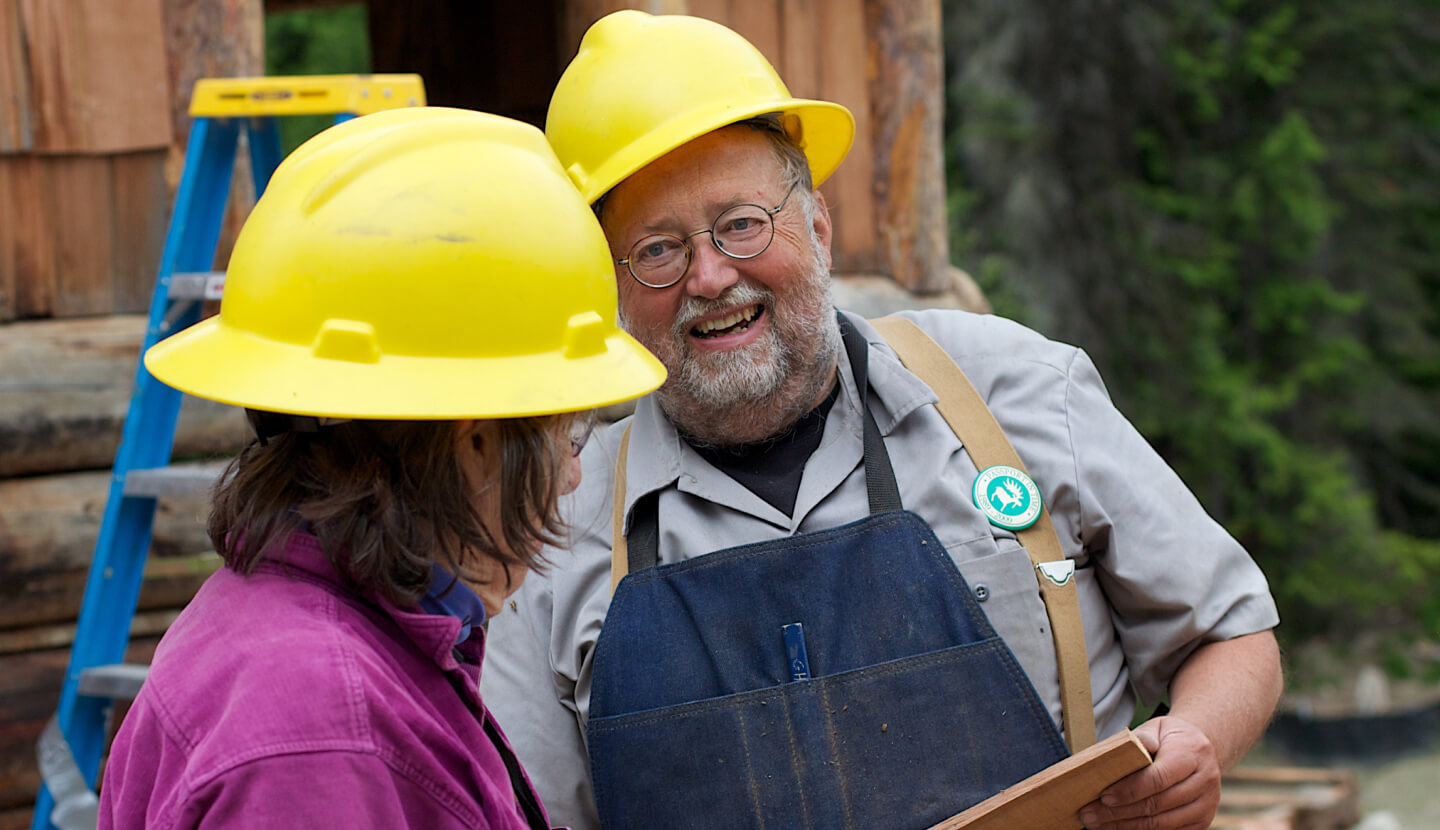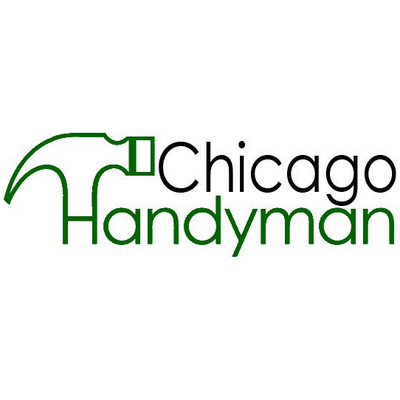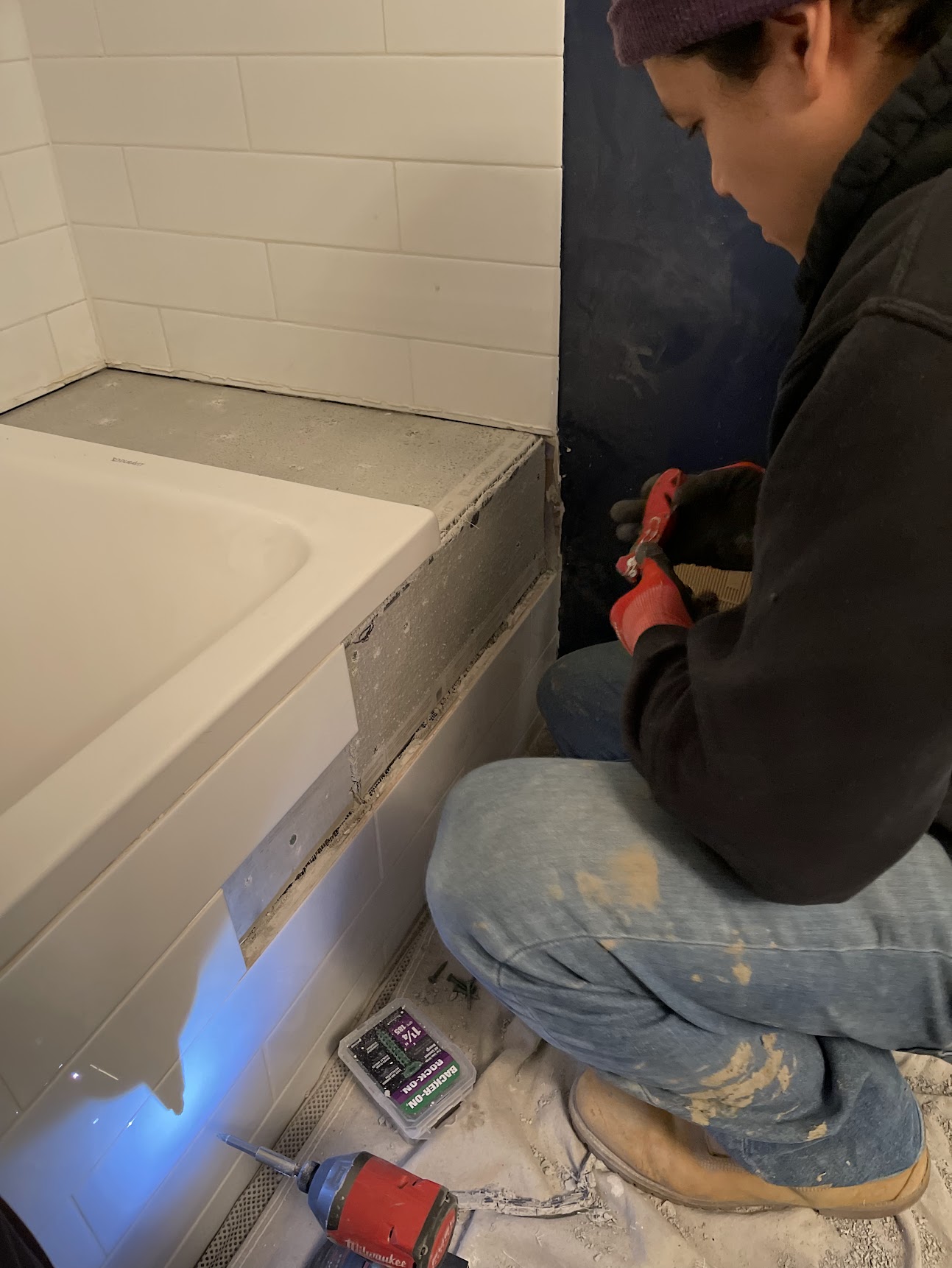
Floor Repair
-

Why Flooring Repair Shouldn’t Be Ignored: Don’t Let Your Home Fall Apart
Flooring problems can sneak up on homeowners, but they shouldn’t be ignored. What starts as…
-

Hardwood Floor Repair: Quick Fixes for Everyday Scuffs and Scratches
Its always worth it to try minor hardwood floor repair before calling in a pro.…







